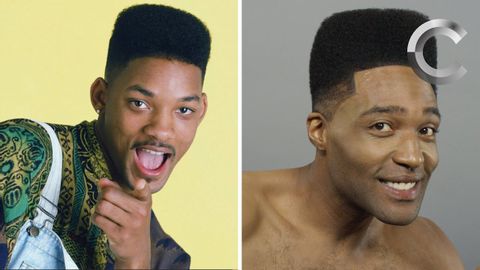
Subtitles & vocabulary
100 Years of Beauty: USA Men 2 - Research Behind the Looks
00
Amy.Lin posted on 2016/07/08Save
Video vocabulary
present
US /ˈprɛznt/
・
UK /'preznt/
- Adjective
- Being in attendance; being there; having turned up
- Being in a particular place; existing or occurring now.
- Noun
- Gift
- Verb tense indicating an action is happening now
A1TOEIC
More want
US /wɑnt, wɔnt/
・
UK /wɔnt/
- Transitive Verb
- To desire or wish for something; hope for a thing
- Noun (Countable/Uncountable)
- Something you desire or wish for
- State or condition of poverty
A1
More part
US /pɑ:rt/
・
UK /pɑ:t/
- Noun
- Division of a book
- Ratio of something, e.g. 3 of gin, 1 of tonic
- Transitive Verb
- To make a line in a person's hair, by using a comb
A1TOEIC
More century
US /ˈsɛntʃəri/
・
UK /'sentʃərɪ/
- Noun (Countable/Uncountable)
- Period of 100 years
- In cricket, a score of 100 or more runs in a single innings by a batter.
A1
More Use Energy
Unlock All Vocabulary
Unlock pronunciation, explanations, and filters
